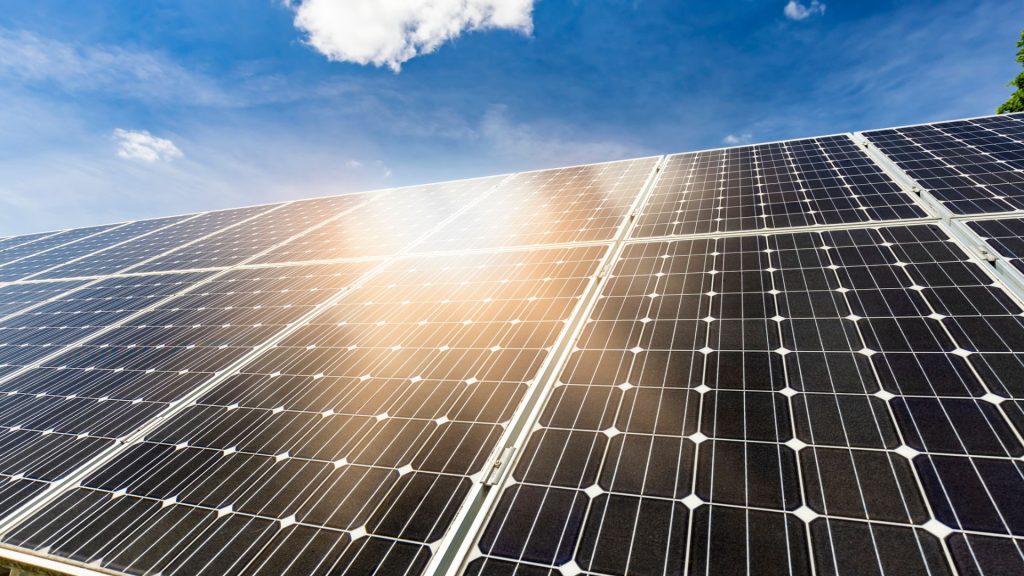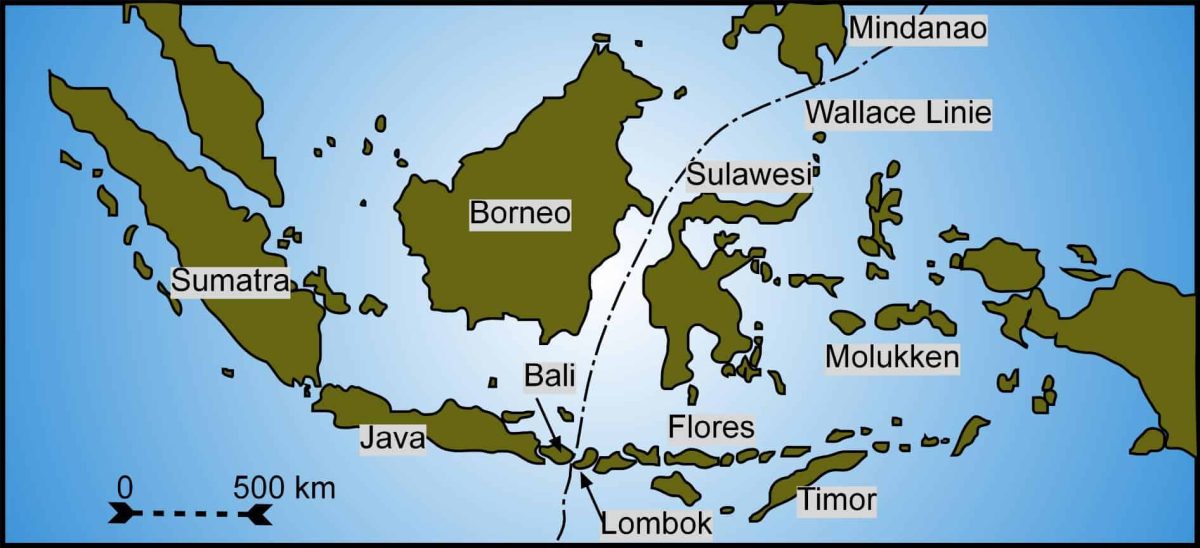Waste-based solar cell hits record 21.39% efficiency, 90% retention after 1,100 hours – Interesting Engineering

The solar cell demonstrated a superior efficiency and energy retention when compared to cells without the polymer. a day agoa day agoa day agoa day agoa day ago2 days ago2 days ago2 days ago2 days ago2 days agoan hour agoan hour ago2 hours ago2 hours ago2 hours ago2 hours ago3 hours ago4 hours ago5 hours ago5 hours agoAmeya PalejaRepresentative stock image of a solar panel. querbeet/iStockA hybrid organic-inorganic perovskite solar cell (HPSC) made using a biomass-derived polymer has achieved an energy efficiency record of 21.39 percent. Designed by researchers at the Nanyang Technological University, Singapore, the design also eases the fabrication process, a media report said. With the world seeking cleaner ways to meet its energy demand, technologies such as solar energy are being scaled up like never before. However, in their current form, solar cells scoreless on efficiency, converting only about a quarter of the solar energy they receive, and could immensely benefit from an increase in their energy conversion capabilities. Perovskite-based solar cells are one technology that has the potential to address this gap. In the lab, this type of solar cell has achieved high energy conversion scores of over 34 percent. Yet, technical difficulties need to be addressed before rolling out these cells on a commercial scale. With respect to perovskite solar cells, there are two key challenges, the researchers told PV Magazine. The photoactive layer of the cell is made from petroleum-derived polymers. Not only does this raise concerns about sustainability, but it also complicates the fabrication process since its solubility leads to limitations working with other conjugated polymers. The use of conjugated polymers also requires treatment with other precursor solvents, which are petroleum-based and difficult to work with. To overcome these hurdles, researchers at NTU turned to PBDF-DFC or furan, a polymer extracted from agricultural waste. “The biggest challenge was working with furan-based polymers, which had been underexplored in perovskite solar cells despite their potential benefits,” added Ng Wei Tat, who was involved in the research. “We also had to explore new ways of integrating the furan-based polymers directly into the device stack.”As compared to petroleum-sourced polymers, the yield of furan is far lesser, and the team worked to develop new synthesis approaches for the material. Furan contains aromatic compounds highly soluble in precursor solvents in their polymer form, simplifying the fabrication method. To test the material, the researchers used a hexane-soluble fraction of furan dubbed FP1-H in an HPSC stack, with other components and electrode contacts, and tested it in the lab. A control device without the furan polymer showed a maximum efficiency of 19.84 percent, while the FP1-H containing stack demonstrated an efficiency of 21.39 percent. Short circuit current densities of the two devices were 22.81 mA cm−2 and 24.17 mA cm−2, respectively. The cell also demonstrated 90 percent efficiency retention after 1,100 hours, a major improvement over the 52 seen with cells without the furan-based polymer.To determine the cause of the superior performance of the FP1-H HPSC, the researchers used X-ray diffraction scanning electron microscopy and transmission electron microscopy to analyze samples. The researchers found that the polymer accumulates at grain boundaries and improves film crystallization, which, along with production advantages, could help make stable, efficient, and sustainable HPSCs in the future. “The successful integration of PBDF-DFC and the direct precursor integration method opens new avenues for streamlined production of high-performance perovskite solar cells, addressing key challenges in scalability and environmental impact,” the researchers told PV Magazine. The research findings were published in the journal Advanced Functional Materials. Ameya Paleja Ameya is a science writer based in Hyderabad, India. A Molecular Biologist at heart, he traded the micropipette to write about science during the pandemic and does not want to go back. He likes to write about genetics, microbes, technology, and public policy.Stay up-to-date on engineering, tech, space, and science news with The Blueprint.By clicking sign up, you confirm that you accept this site’s Terms of Use and Privacy Policya day agoa day agoa day agoa day agoPremiumIE PROFollow
Source: https://interestingengineering.com/energy/solar-cell-uses-agricultural-waste






